1. Open Science
1.1. OPEN SCIENCE: OPEN SOURCE LICENSES IN SCIENTIFIC RESEARCH
2. Case Studies
2.1. Journal of Statistical Software
2.2. Adoption and use of Web 2.0 in scholarly communications
2.3. Scholarly Information Practices in the Online Environment: Themes from the Literature and Implications for Library Service Development
2.4. Web 2.0 and Scientific Publishing: A Survey
3. State-of-the-Art
3.1. Open Data
3.1.1. DataTel
3.1.1.1. DataTEL Theme Team
3.1.1.1.1. Sharing data from recommender systems
3.1.1.1.2. Data Set Collections
3.1.2. DataShop
3.1.3. OER
3.1.3.1. OERs: Opportunities and Challenges
3.1.3.2. Models for sustainable OERs
3.2. Open Access
3.2.1. Stellar Open Archive
3.2.2. TeLearn Archive
3.2.3. arXiv
3.3. Open Source
3.3.1. Learning Platforms
3.3.1.1. Claroline
3.3.1.2. Moodle
3.3.1.3. Ilias
3.3.1.4. .LRN
3.3.2. Work-Integrated Learning
3.3.2.1. APOSDLE
3.3.3. Lifelong Learning
3.3.3.1. Grapple Project
3.4. Open Methodology
3.4.1. myExperiment
3.4.2. Labshare
3.5. Open (Spaces?)
3.5.1. Infrastructure for the study&research of nanotechnology
4. Vision
4.1. Benefits
4.1.1. Reproducing research results
4.1.1.1. Improves reviewing
4.1.1.2. Reduces fraud
4.1.2. Comparing research results
4.1.2.1. Prevents redundancies in research design and development
4.2. Threats
4.2.1. Privacy
4.2.2. Getting scooped
4.2.3. Reputation
4.2.4. Time and effort needed
4.3. Overcoming other problems in TEL
4.3.1. Fragmentation
4.3.1.1. Increasing understanding for other methodologies
4.3.2. Awareness
4.3.2.1. Research Network's activities
4.3.2.2. Publication possibilities
4.3.2.3. Recommendation of papers, experts etc.
4.3.3. Lack of international visibility
4.3.3.1. Making research results widely available
4.4. Roadmap/practices missing
4.4.1. Reproducibility: reviewing criterion
4.4.2. Accepting publications only if they provide data, source code, and a detailed description of the method
4.4.3. Encourage people to archive their papers as Open Access/talk to publishers
4.4.4. Define standards for Open Data
4.4.5. Common license for Open Source
5. SWOT of Web in Science
5.1. Strengths
5.1.1. Collaborative knowledge building
5.1.2. Information sharing
5.2. Weaknesses
5.2.1. Missing benefit/motivation
5.2.2. Not working in TEL
5.2.3. Time and effort needed
5.2.4. No appreciation in research
5.2.5. Filter failure / information overload
5.3. Opportunites
5.3.1. Finding new collaboration partners
5.3.1.1. start new projects
5.3.2. Getting more feedback
5.3.3. Improving the reviewing process
5.3.3.1. continuous improvement (liquid publications)
5.3.4. Claiming priority
5.3.5. Self-marketing
5.3.6. Dissemination of data
5.3.7. Scaffold experiments/experiences
5.3.8. make research more measurable #altmetrics
5.4. Threats
5.4.1. Privacy
5.4.2. Getting scooped
5.4.3. Reputation
